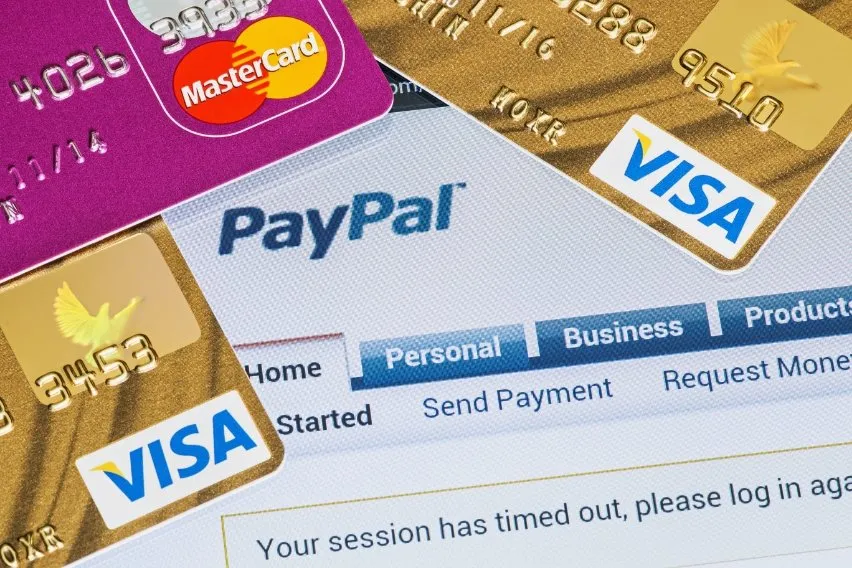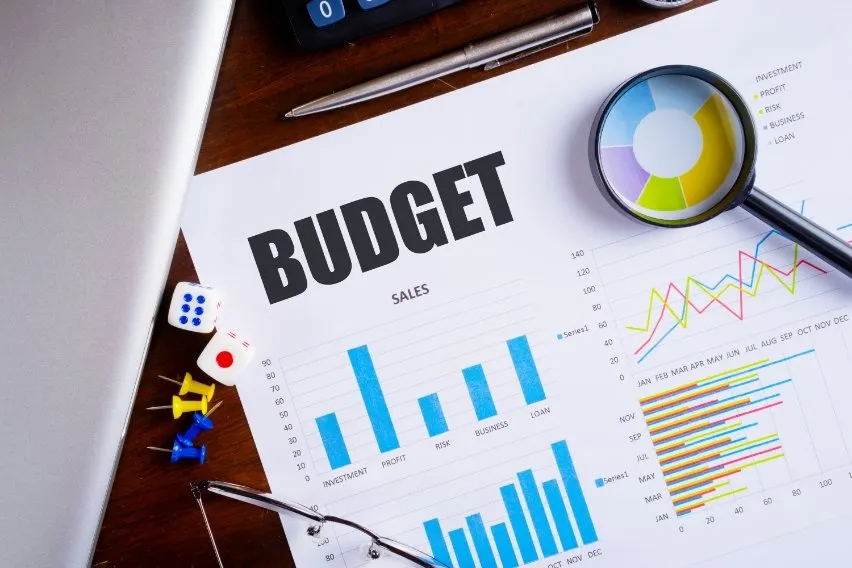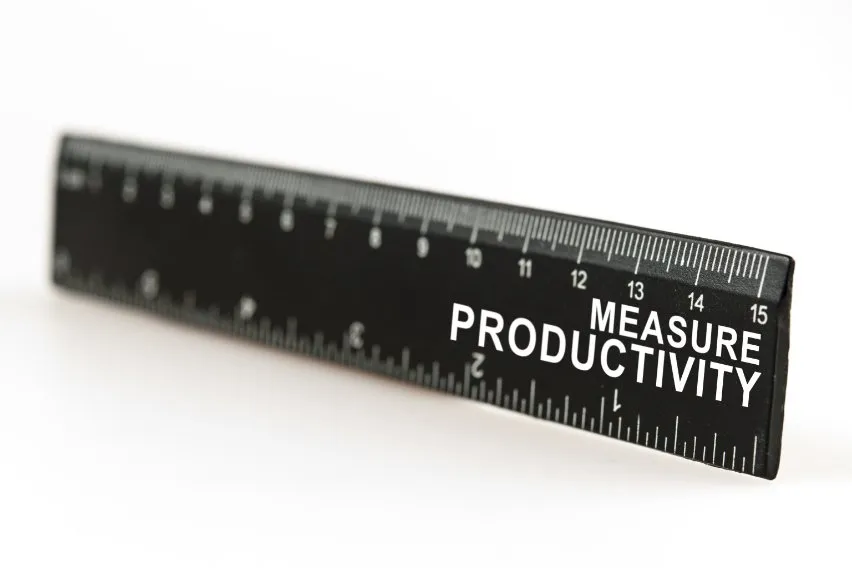How to Write a Business Proposal (10 Easy Steps)

Starting your own business is a daunting task—but you’re finally doing it. You’re running the day-to-day and you’re starting to see your customer base grow and your income climb. Now you’ve reached the point where you are doing well, but you’re certain you could be doing even better.
You know certain prospects who might profit from your product or service. They are all around you, just waiting for you to discover them.
An effective business proposal can fill that need. It could be able to fill the gap between you and potential customers. A strong proposal may clearly state your value proposition and convince a business or organisation to work with you.
Read on as we discuss the many types of business proposals and how to draft them. We’ll also take an in-depth look at some suggestions on how to help direct yours.
Table of Contents
How to Write a Business Proposal
What Is a Business Proposal?
A business proposal is a business-to-business (B2B) or business-to-customer (B2C) document. We use it when a seller wants to persuade a potential customer to acquire their products or services.
A business proposal describes the services your company offers and what you can do for a prospective client.
The idea that business proposals and business plans are interchangeable is a widespread one. But the key difference is that instead of selling your company, you’re using your proposal to market your product or service.
A proposal assists you in finding a new prospective client rather than aiding in your search for investors to finance your business.
Types of Business Proposals
It is generally accepted that there are 2 different types of proposals that businesses will use to draw in clients. First we have unsolicited business proposals, and second we have solicited business proposals. Let’s take a quick look at the difference between them.
Unsolicited Business Proposals
When you approach a potential client with an unsolicited business proposition, you do so regardless of their request. The goal is to secure their business.
Solicited Business Proposals
A potential customer requests an unsolicited business proposal. This way they can determine whether to work with your organisation.
The processes to build your proposal are essentially the same, whether it is being solicited or not. Let’s take a look at how you can write your own business proposal.
How to Write a Business Proposal
Understanding the business is essential before crafting your business proposal. Make sure you carefully study any requests for proposals (RFPs) they may have sent you in order to understand their exact requirements.
Additionally, it can be beneficial to speak with the new client on the phone or in person. By doing so, you can verify that you fully comprehend the issue they are trying to solve and their goals.
After conducting your research, you should start creating your business proposal. Although there isn’t a single best way to write a business proposal, let’s look at some of the common components.
Title Page
With your title page, you need to communicate some fundamental knowledge. Describe your company and who you are. Include your name, the name of your business, the proposal’s submission date, and the name of the client or person you are addressing the proposal to.
Your title page should balance professionalism and engagement. You must ensure that yours is stylish, aesthetically pleasing, and not overly specialised. After all, it sets the tone.
Cover Letter
A cover letter is basically an introduction to you and your company. It is a section that is especially important if you’re writing unsolicited proposals.
Any good cover letter should include:
- A one-line summary of your business
- Some background on how your business came to be
- A synopsis of what sets your business apart from the competition
The length of cover letters need not be excessive. They may be brief, pleasant, and straightforward. The text in this illustration is a little over 100 words.
Make it as approachable as possible. Invite your reader to contact you with any inquiries. Add a thank you and your signature at the end for a personable touch.
Table of Contents
Business proposals are no different from other contexts in which a strong UX is beneficial. For the folks who are viewing your proposal, you need to make things as easy to understand and accessible as you can. A table of contents is where it all begins.
Your table of contents informs your potential client in detail about the topics addressed in the business proposal. A clickable table of contents that jumps to the various sections of your proposal is helpful.
This is true especially if you’re sending your proposal digitally. Crafting your table of contents this way makes reading and navigating through it much easier.
A table of contents can make any proposal much simpler to understand when you distribute it to all relevant parties. It’s not always essential, but we highly recommend it.
You should keep in mind that potential clients might not always read proposal documents in order. Different decision-makers have different priorities. So, they will examine your idea to determine how it meets their particular problems.
Just make sure yours is easy to navigate.
Executive Summary
Your executive summary provides a high-level overview that condenses the information in the next pages. This sets the stage for the remainder of your proposal. Here, specificity is crucial. You need to be very clear about why you’re the greatest choice for them.
Your executive summary summarises the advantages of your company’s goods or services. It also mentions how these goods/services can address the issues of potential clients, much like a value proposition.
Your prospect might not always read your entire proposal. So, they should have a clear understanding of how you can help them after reading your executive summary.
Depending on the tasks you’re performing for the customer and the sector they’re in, your own executive summary will change.
You might also alter your tone. If you’re writing to a young, niche start-up audience, you might use a more informal style that’s sprinkled with humour and business speak. Alternatively, your tone should attempt to reflect the audience if you’re writing to an older, more established company.
Problem or Need Statement
The problem or need statement is where you should summarise how the problem affects the potential client. This gives you the chance to demonstrate to them that you comprehend their needs and the issue they are trying to solve.
The crucial words here are research, critical thinking, and extra thought. It’s vital that you conduct a thorough investigation into your client and learn everything there is to know.
Look at your client’s particular problems from all angles to consider how you may help. Then, frame those problems in a way that positions you for the following move.
Proposed Solutions
After presenting them with the issue, it is time for you to suggest a solution. This is where your proposed solutions section comes in handy.
You must emphasise specificity and individuality in this stage, like you did in the previous one. Make sure you tailor your suggested course of action to the client’s requirements. This way, they are aware that you have written the entire proposal especially for them.
Inform them of the deliverables you’ll offer and the techniques you’ll employ. Also, set a clear deadline by which they should anticipate your deliverables.
Your document can be more visually appealing and easier to understand by including a timetable. This timetable should match deliveries with their anticipated dates. By outlining how you intend to carry out a certain strategy, you can further break down your key goals.
Qualifications
This is a crucial section of the proposal because you are essentially demonstrating your value. Are you capable of resolving this client’s issue? Why should people believe in you?
To explain why you’re the ideal candidate for the position, use this section of your business proposal template. To increase your authority, include case studies of client success tales. Also, be sure to mention any pertinent honours or credentials.
Pricing Options
Once again, clarity and specificity are crucial in this area. Make a pricing table that precisely describes each good or service. Then match it with the most precise pricing details you can offer.
You only need to set the item’s pricing and the quantity of distribution while creating the proposal. The quantity would be the approximate number of hours invested at a predetermined rate if you were sending an hourly contract.
You must organise the document for regular payment schedules. This way, it accurately depicts your monthly workflow.
In the pricing options section, transparency is essential. Customers-to-be want to know how you charge them, what you charge them for, and how long they should expect to pay for.
Conclusion
After supplying the aforementioned details, you must condense your entire proposal. You will do this by making a single, concise concluding section.
Describe the suggestion you’re making in a brief manner. Mention your credentials and why you’d be the ideal candidate. Please confirm your availability to start a conversation.
The client should be prepared to collaborate with you by the time they’ve read through the proposal. Give them your contact information so they may simply follow up with you.
Terms and Conditions
Here, you can get specific about the project’s budget, schedule, and cost. In essence, this is a statement of the terms under which you and the client would work together if they accept your proposal.
Before delivering your proposal to the customer, make sure you have your own legal team review the terms and conditions. Doing so will ensure nothing is awry.
Agreement Acceptance
Finally, include a signature box for the client to sign. Also, it’s important to make sure they understand exactly what they’re signing up for. This is also an opportunity to ask the potential customer to contact you if they have any questions that need answering.
Key Takeaways
A seller employs a business proposal to convince a prospective customer to buy their goods or services. It’s used to entice both business-to-business (B2B) or business-to-customer (B2C) businesses.
There are 2 types of proposals—solicited and unsolicited.
Your proposal should be detailed enough that it is clear what you offer. But it should not be so long that the reader will become uninterested. Depending on the industry you are in and the needs of the prospect, your business proposal’s components will differ.
Prospective customers should have little left to learn about your business and what it can do for them after reading your strategy.
You have all the resources necessary to help you through the procedure with the advice and illustrations in this article. You may win your client’s business and impress them with a polished, personalised, well-written business proposal.
In terms of ease, many companies offer a free business proposal template. You can use these templates to create a winning business proposal.
FAQ on Business Proposal
Why Is It Important to Write a Business Proposal?
Making crucial decisions about topics like cash flow, marketing, and staff will be made easier with the aid of a business proposal.
How Long Is a Business Proposal?
For transactional proposals, the ideal length is under 10 pages. And it should never exceed 50 pages.
Why Do I Need a Business Proposal?
It’s important to have a business proposal to entice further business. Potential clients will learn what you can do for them and how you will do it.
RELATED ARTICLES



 5 Best Small Business Accounting Software
5 Best Small Business Accounting Software 8 Online Payment Methods in South Africa
8 Online Payment Methods in South Africa What Is Budgeting? Importance, Types, Pros & Cons
What Is Budgeting? Importance, Types, Pros & Cons What Is Capital in Accounting? Importance, Types, & Examples
What Is Capital in Accounting? Importance, Types, & Examples How to Measure Productivity: Best Methods & Tips
How to Measure Productivity: Best Methods & Tips Team Collaboration: Definition, Importance & Benefits
Team Collaboration: Definition, Importance & Benefits